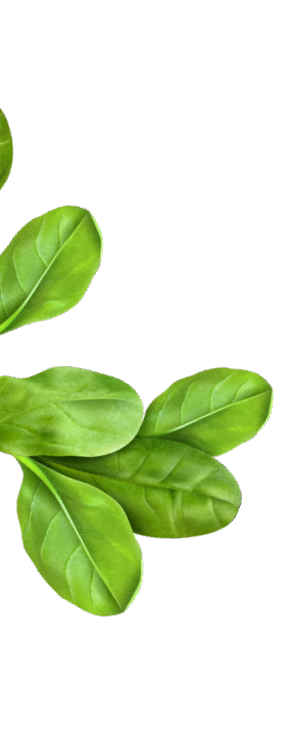The beauty of a Bonsai is captivating, so it’s no wonder why so many people are beginning to show interest in growing them! However, a Bonsai tree is not like a regular houseplant. It requires detailed care and maintenance if you want your miniature tree to survive and flourish. Neglecting to provide the right dirt and watering too often or too little can severely damage your sensitive Bonsai, so make sure you know what you’re doing before you start the growth process.
Use the Right Soil
Unfortunately, you can’t just run outside and dig up a few scoops of dirt from your backyard. Your Bonsai tree needs soil that holds enough moisture to keep it hydrated, but it also needs to drain well. This means that as soon as you pour water into the pot, it should immediately flow out and onto your drip tray or the ground. When water builds up in soil, it retains salt and prevents airflow to the roots. This overexposure to moisture will eventually produce bacteria and kill the roots of your Bonsai.

Bonsais do best when they’re planted in organic materials such as pumice, lava rock, akadama (a clay based soil from Japan), and organic potting soils. The species of your tree, whether Deciduous or Coniferous, will determine the necessary ratio of soil.
Deciding How Often to Water Your Bonsai Tree
Now that you’ve found an appropriate soil for your new project, it’s important to make sure you’re using the appropriate amount of water. This can be a bit tricky since Bonsais aren’t the type of plants that can be watered every day. The last thing you want is for the roots to become waterlogged and rot away; this will surely kill your Bonsai tree. Stick the tip of your finger into the upper part of the soil, is it dry? If so, go ahead and give your tree a thorough drink of water; the idea is to keep the topsoil from becoming too dry. After a few months, you might begin to notice that no matter how much you water your plant, the liquid flows right through the bottom. Somehow, your tree just doesn’t seem to be retaining any liquid, and the soil is almost always dry! This could mean that the roots are overgrown and have become too compressed to receive any real moisture. At this time, you need to repot your Bonsai tree.
How to Fertilize Your Bonsai Tree
After choosing a soil and learning how to water your Bonsai tree, adding fertilizer is probably the hardest part. Fertilizer can be your best friend, helping to nourish your tree so that it can grow to be big and healthy. However, if you use it incorrectly fertilizer is a quick way to kill your plant! When picking out your bag, pay attention to the 3 numbers on the package that tell you how much of each nutrient is in it; this is also known as the “NPK Value.” Think of it as food for your Bonsai, it should consist of an even mixture of nitrogen, phosphorous, and potassium. You should begin adding fertilizer to topsoil once you start to see a healthy collection of leaves. As you water your plant, the nutrients will flow through the soil. It takes about a month before the compounds are completely washed away, so you don’t need to fertilize very often.
Pay Attention to Your Leaves
The color of your Bonsai tree foliage can tell you a lot about how well it’s doing. If you begin to see a yellowish tint, or wilting tips with a brownish color it means that you’re over watering. Yellow leaves could also mean that your tree isn’t receiving enough magnesium, zinc, or nitrogen. Use a Ph strip to help determine the acidity levels in your Bonsai, this is the most efficient way to determine how healthy your plant is!



